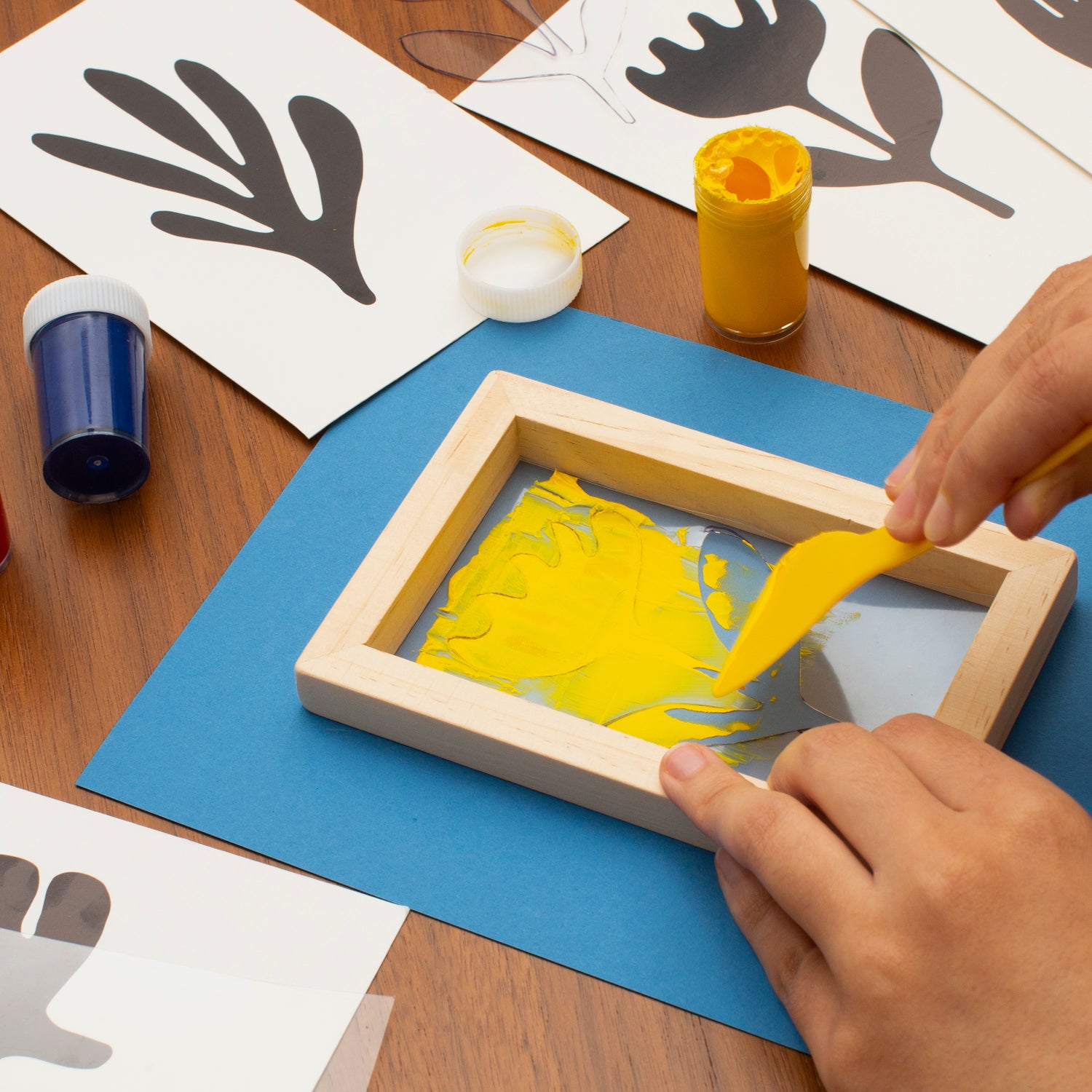The Crucial Overview to Understanding Screen Printing and Its Versatile Makes use of
Screen printing has an abundant background that goes back to old times, advancing into a sophisticated method used across numerous markets today. This overview discovers the ins and outs of the screen printing procedure, outlining its applications in home, style, and marketing design - 10:9 Design Embroidery. Comprehending these principles can open up innovative potential for both creative and commercial projects. The following areas will certainly reveal necessary suggestions and methods to enhance one's screen printing undertakings
The History of Screen Printing
Although screen printing has origins that trace back centuries, its development shows the creative and technological innovations of different societies. Coming from ancient China, the technique was initially used for embellishing fabrics and later infect Japan, where it became essential to Ukiyo-e woodblock printing. The method changed to Europe in the 18th century, where it gained popularity amongst craftsmens and business printers. The invention of photo solution in the 20th century transformed screen printing, permitting more intricate styles and greater performance. Artists like Andy Warhol further pushed its appeal, making use of the medium to develop famous jobs that mixed commercialism and great art. By the late 20th century, screen printing had established itself as a functional strategy, utilized in style, marketing, and art. Today, it continues to evolve, integrating electronic modern technology and broadening its applications throughout numerous sectors.
The Screen Printing Refine Explained
Screen printing transforms creative visions into substantial layouts with a series of accurate steps. At first, a photo is developed and afterwards moved onto a screen, generally constructed from great mesh fabric stretched over a structure. A light-sensitive emulsion is applied to the screen, which is exposed to light, solidifying in locations not covered by the photo. After washing out the unhardened solution, a pattern is developed.
Next off, the screen is put over the substratum, whether it be material, paper, or one more product. Ink is then pushed via the open locations of the stencil utilizing a squeegee, depositing the style onto the substratum listed below. This process can be repeated for several colors, needing separate screens for each hue. The published item is cured making use of heat to guarantee the ink adheres effectively, resulting in a sturdy, vibrant design prepared for use.
Kinds Of Screen Printing Techniques
In addition, specialty strategies, such as discharge screen printing, get rid of color from the fabric to develop softer prints, while foil screen printing uses metallic foil to achieve a glossy finish (10:9 Design contact). Each strategy provides distinct attributes, accommodating different innovative needs and production ranges, eventually broadening the possibilities within the screen printing domain name
Applications of Screen Printing in Numerous Industries
.png)
Additionally, the signage and advertising industries utilize screen printing for creating eye-catching screens and banners. This method enables strong colors and intricate designs that capture focus. In electronic devices, screen printing is used for applying conductive inks to circuit card, crucial for component connections. Additionally, the home design market welcomes screen printing to generate distinctive designs on fabrics and wall surface art. On the whole, screen printing offers as an essential tool across varied fields, boosting products with customized and visually enticing graphics.
Tips for Successful Screen Printing Projects
While embarking on a screen printing job, careful interest to information can considerably improve the last result. Choosing premium materials is crucial; this includes the screen, inks, and substratums. Making use of proper mesh counts can influence ink deposition and detail resolution. Prep work is just as vital; thorough cleaning of screens and proper direct exposure times assure crisp prints.
Next off, exact registration is critical for multi-color prints. Utilizing placement devices can aid achieve precise layering. In addition, testing prints on scrap products prior to manufacturing aids recognize possible concerns without squandering sources.

Often Asked Concerns
What Materials Are Ideal for Screen Printing on Textile?
Cotton and polyester blends are suitable for screen printing on textile due to their durability and ink absorption. Furthermore, specialized fabrics like silk or canvas can generate unique appearances and surfaces, improving the total layout top quality.
Exactly how Do I Tidy and Maintain Screen Printing Devices?
To keep and clean up screen printing tools, one should regularly wash screens with proper solvents, check mops for wear, oil relocating components, and store all items in a completely dry, dust-free environment to lengthen their lifespan.
What Are the Ecological Effects of Screen Printing?
Screen printing can have substantial ecological effects, consisting of chemical waste from inks and solvents, water usage throughout cleansing processes, and energy intake. Sustainable techniques and eco-friendly products are crucial for lessening these negative impacts.
Can Screen Printing Be Done in the house Properly?
Screen printing can be properly done at home with the best products and methods. Enthusiasts can create high quality prints, though success relies on their skill degree, devices, and understanding of the process involved.
What Are the Costs Associated With Starting a Display Printing Organization?

Starting a screen printing organization involves prices for devices, products, and work space. Preliminary expenses generally range from a couple of hundred to several thousand dollars, depending on the range, high quality of equipment, and desired production capacity.
Screen printing has an abundant background that dates back to ancient times, progressing right into an advanced technique used throughout numerous markets today. One more strategy, rotary screen printing, utilizes round screens, facilitating constant printing on fabric rolls, thus improving effectiveness for large manufacturings. Furthermore, specialty methods, such as discharge screen printing, get rid of dye from the textile to produce softer prints, while foil screen printing uses metallic foil to attain a shiny finish. In the fashion field, screen printing is extensively used to create dynamic layouts on apparel, enabling brands to showcase their unique styles. Cotton and polyester blends are excellent for screen printing on material due to their resilience and ink absorption.